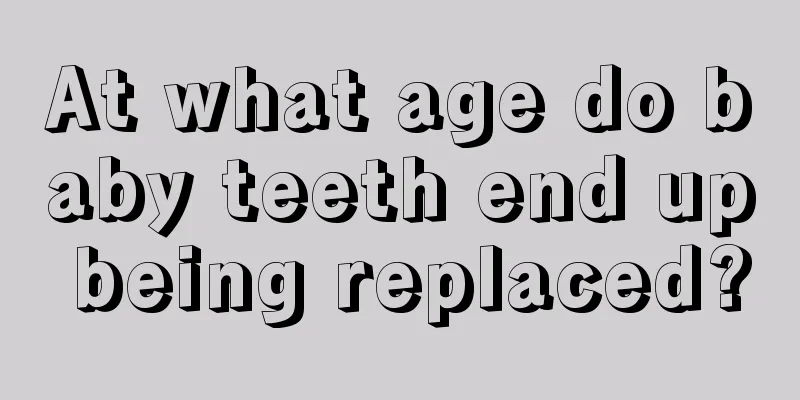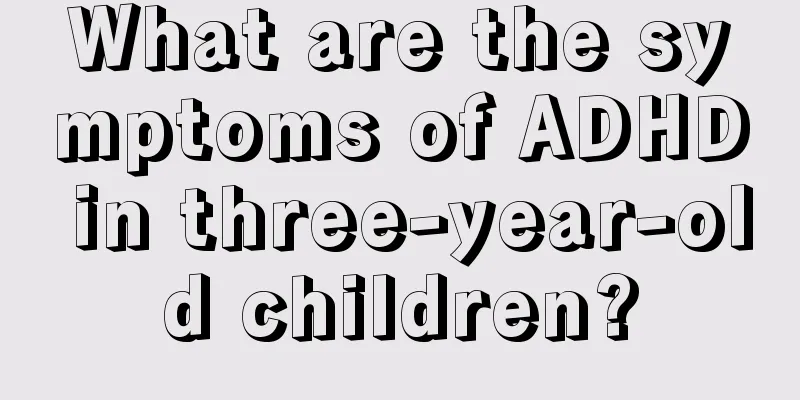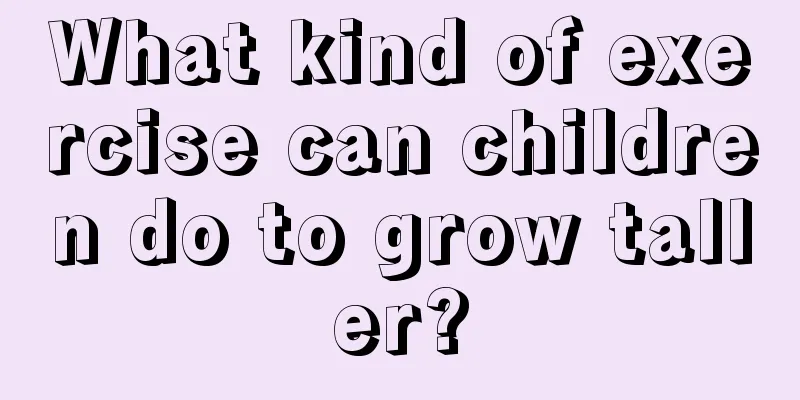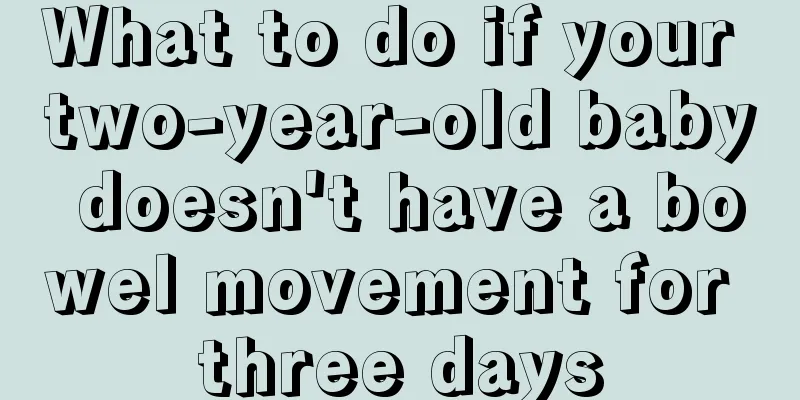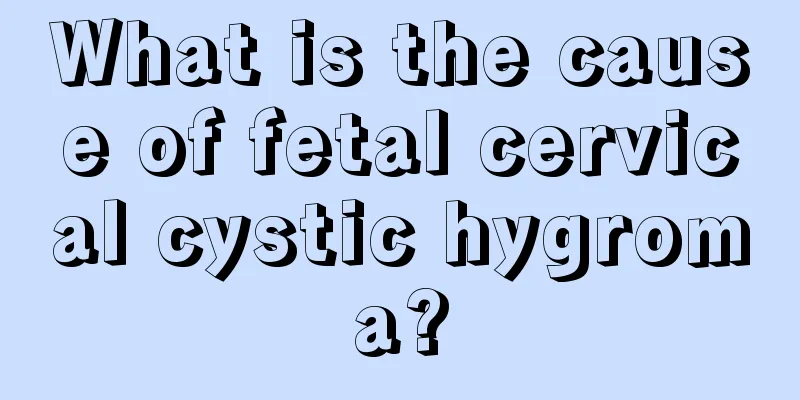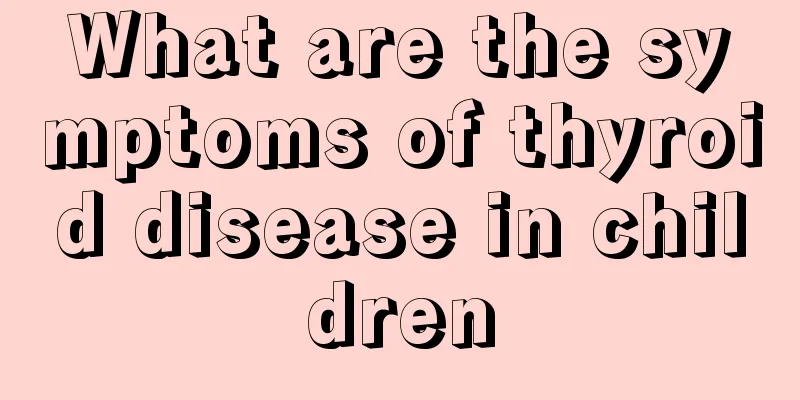When do children lose their teeth?

|
When we reach a certain age, the deciduous teeth will fall out and new teeth will grow at this time. This is also a process of tooth replacement, and it is a process that every child must go through. However, many parents do not know much about this issue because they do not know when exactly children will need to replace their teeth. So now let us take a detailed look at the entire development process of children's tooth replacement. Parents need to pay attention when children are changing their teeth. When they find their teeth are loose, they must be pulled out in time. Otherwise, the original teeth will not be pulled out, but new teeth will grow. This will not be conducive to the neatness of the teeth. I hope parents can pay more attention to their children's tooth replacement. The permanent tooth germs begin to develop and calcify after birth and start to erupt at the age of 6 to 7. There are 32 permanent teeth in total, and they are usually fully erupted by the age of 20. When the permanent teeth erupt, the deciduous teeth fall out one after another, and the time sequence is as follows: 6 years old: The two lower incisors come out, and at the same time, the first permanent molar comes out behind the second deciduous molar, one on the upper and lower left and right sides; the two lower deciduous incisors fall off. 7 years old: The two upper front teeth come out, and the two upper deciduous front teeth fall out. 8 years old: The upper and lower incisors come out, and the upper and lower deciduous incisors fall off. 9~10 years old: The lower canines and the first canines (one on each side, upper and lower), and the lower deciduous canines and the first deciduous molars (one on each side, upper and lower) fall off. 10~11 years old: The upper canines emerge and the upper deciduous canines fall out (one on each side). 11~12 years old: The second pair of canines grow out (one on each side), and the third deciduous molars fall out (one on each side). 12~13 years old: All the deciduous teeth fall out, and only permanent teeth come out (all of them are permanent molars). (The first permanent molar comes out at the age of 6, the second permanent molar comes out at the age of 12, and the third permanent molar comes out at the age of 18, every 6 years. However, the third permanent molar may not come out until the age of 30 for some people, or not at all for some individuals. From these introductions, we can see that children's tooth replacement actually takes a certain time and age. When they reach a certain stage, the phenomenon of tooth replacement will occur, but we must pay attention to it. If we want our children to have beautiful and healthy teeth, parents must not ignore this aspect. |
<<: How to treat whooping cough
>>: Symptoms of precocious puberty in children
Recommend
Causes and prevention of allergic rhinitis in children
Because of not paying attention to hygiene, not r...
How to treat water beans in children
Chickenpox is a disease that many children will g...
What to do if your child has refractive error
With the popularization of the Internet and the i...
What to do if your child has low IQ
Everyone's IQ is different, and the same is t...
What are the methods for treating precocious puberty?
The treatment of any disease should be based on t...
What’s wrong with the bulge of baby’s anterior fontanelle?
The anterior fontanelle is unfamiliar to a person...
What are the reasons why children kick the quilt when they sleep at night?
In life, it is very easy for children to kick the...
What causes a child's nosebleed?
It is quite worrying when a child has a nosebleed...
What causes dark circles under children's eyes?
Children are generally in good spirits, so it is ...
Children's recipes and methods
Children of different ages actually need differen...
My baby is more than two months old. Sometimes he likes to sleep and sometimes he doesn't.
Babies are of great concern to parents, and any l...
What causes stomach pain in children?
The occurrence of any disease has different cause...
How to coax a baby to fall asleep quickly
How to make the baby fall asleep quickly is a hea...
How to deal with baby’s fever?
Because the baby has just been separated from the...
Why do children love to move?
It is natural for children to be active at ordina...
